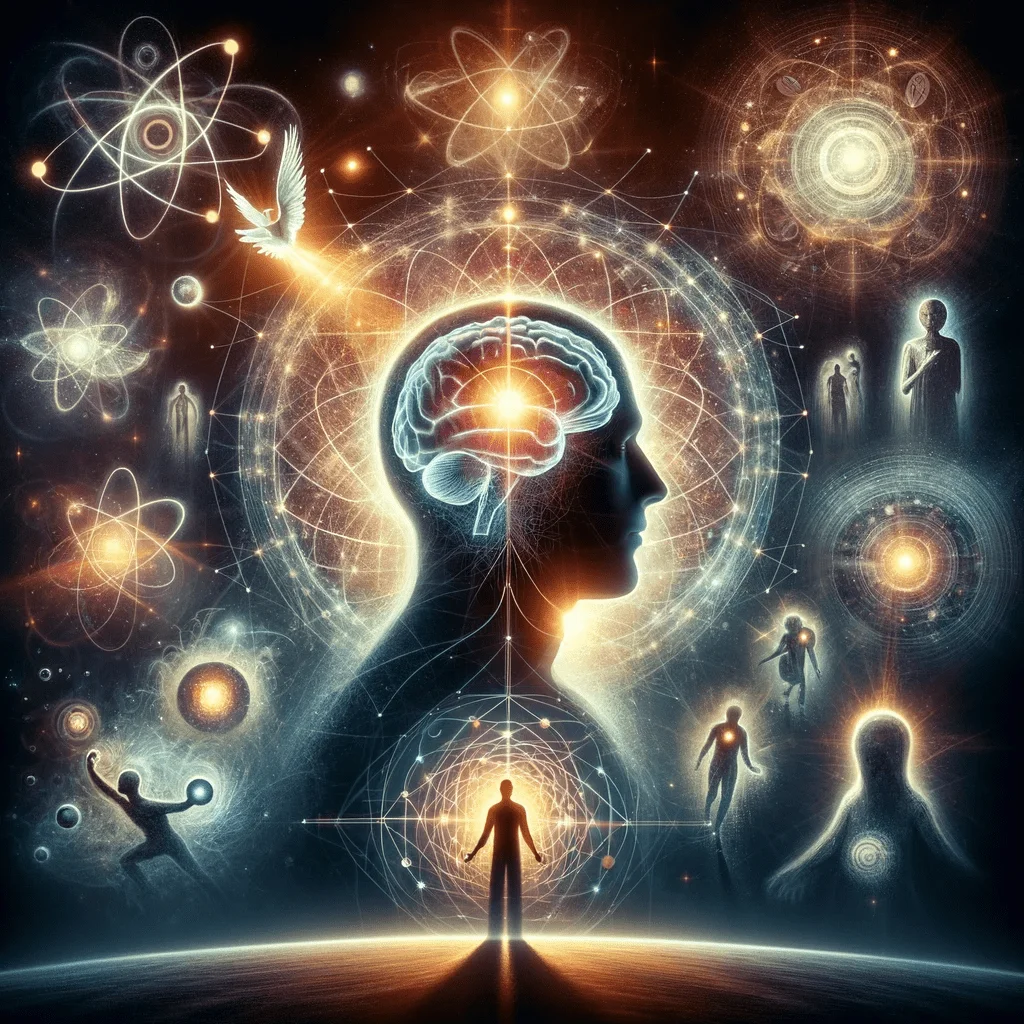The Conscious Universe: The Scientific Truth of Psychic Phenomena

“The Conscious Universe: The Scientific Truth of Psychic Phenomena” by Dean Radin is a comprehensive overview of parapsychology and scientific investigations into psychic phenomena. It’s considered one of the most detailed and scientifically rigorous examinations of the evidence supporting the existence of psychic phenomena.
Psi phenomena, often referred to as psychic phenomena, are events or experiences that seem to be outside the bounds of what is explained by conventional physical laws or understanding. The term “psi” is used in parapsychology to encompass a variety of purported abilities and phenomena, including but not limited to:
- Telepathy: This is the alleged ability to communicate information from one mind to another, not using the traditional five senses.
- Clairvoyance: Also known as remote viewing, this is the purported ability to perceive events or gather information that is blocked from normal senses due to distance or time.
- Precognition: This is the supposed ability to perceive or predict future events before they happen. Retrocognition, its counterpart, refers to knowledge of past events that were not learned or inferred by normal means.
- Psychokinesis: Sometimes called telekinesis, this is the claim of being able to physically interact with, or manipulate, objects with the mind.
- Psychic Healing: Also known as energy healing, this refers to the belief that illnesses can be cured through psychic abilities.
Various parapsychologists and scientists who have conducted research into psi phenomena, such as J.B. Rhine, Charles Honorton, Robert Jahn, and Jessica Utts.
The book is referenced in many works on parapsychology and consciousness research. Radin’s later book, “Entangled Minds: Extrasensory Experiences in a Quantum Reality,” expands on the ideas presented in “The Conscious Universe.”
- Psi Phenomena Exist: The central claim of Radin’s book is that psi phenomena, such as telepathy, clairvoyance, precognition, and psychokinesis, are real. Radin supports this assertion by exploring a broad range of scientific studies and experimental evidence.
- Scientific Evidence: Radin examines multiple experiments conducted over a century that offer scientific evidence for psi phenomena. He looks into experiments conducted by esteemed institutions and accredited scientists, explaining their methodologies and outcomes in layman’s terms.
- Meta-Analysis: The book places great emphasis on the role of meta-analysis, a statistical method used to combine the results of multiple studies. Radin uses meta-analysis to demonstrate that the positive evidence for psi phenomena isn’t just the result of a few outlier studies, but rather a consistent pattern seen across numerous experiments.
- Quantum Theory: Radin posits that quantum theory might eventually provide a scientific framework that can explain psi phenomena. While acknowledging this is currently speculative, he highlights parallels between the behavior of quantum particles and reported psychic phenomena.
- Psi and Consciousness: Radin asserts that the existence of psi suggests consciousness isn’t limited to the brain but is, in fact, a fundamental component of the universe. This worldview, often referred to as “panpsychism,” presents consciousness as non-local and interconnected.
- Cultural Acceptance: The book also explores why psi phenomena, despite significant scientific evidence, remain controversial and largely rejected by mainstream science. Radin attributes this to a mix of sociological, philosophical, and historical reasons.
In “Entangled Minds,” Radin dives deeper into the potential quantum explanations for psychic phenomena. The book explores how quantum entanglement might provide a mechanism for understanding psi, suggesting that minds, like particles, may be fundamentally interconnected in ways we don’t yet fully understand. The book is not a direct commentary on “The Conscious Universe,” but rather a continuation of the exploration of psychic phenomena from a scientific perspective.
“The Conscious Universe” serves as an entry point into the world of scientific parapsychology, and it has sparked further discussions and investigations into the nature of consciousness and reality. While the topics discussed remain controversial, Radin’s work has significantly contributed to the ongoing dialogue about the place of consciousness in the universe.


